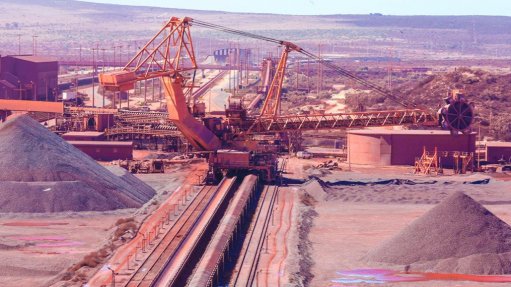
Iron-ore futures prices posted their biggest daily fall in nearly two years on Wednesday, weighed down by prospects of stronger global supply and weakening Chinese steel demand.
The most-traded January iron-ore contract on China's Dalian Commodity Exchange (DCE) DCIOcv1 ended daytime trade 4.12% lower at 675.0 yuan ($95.13) a metric ton, marking its steepest daily fall since October 31, 2022. Chinese markets were closed on Monday and Tuesday for a holiday.
The benchmark October iron-ore SZZFV4 on the Singapore Exchange was 1.85% lower at $90.50 a ton, as of 0723 GMT.
Goldman Sachs on Monday cut its iron-ore price forecast for the fourth quarter of 2024, citing market oversupply, even though demand from China is stabilising.
"We note potential price support from pre-Golden Week holiday restocking over the next two weeks, but a continuing build in total iron-ore stocks is setting the scene for another price drop in October," Goldman Sachs analysts said in a note, referring to China's annual week-long holiday next month.
The volume of iron-ore dispatched to global destinations from 19 ports and 16 mining companies in Australia and Brazil during September 9 to 15 jumped 12.3% week-on-week to hit a more than two-month high of 29-million tons, said Chinese consultancy Mysteel.
Meanwhile, China's crude steel output in August declined for the third straight month as steelmakers grappled with losses from a decline in steel prices, data showed on Saturday.
Property prices fall further as land sales stay at seasonal multi-year lows, leaving little room for steel demand recovery, said ANZ analysts.
Other steelmaking ingredients on the DCE posted losses, with coking coal DJMcv1 and coke DCJcv1 down 1.29% and 0.83%, respectively.
Most steel benchmarks on the Shanghai Futures Exchange were weaker. Hot-rolled coil SHHCcv1 dropped about 1.7%, rebar SRBcv1 lost 1.44%, wire rod SWRcv1 shed around 0.8%, and stainless steel SHSScv1 ticked about 0.1% higher. ![]()